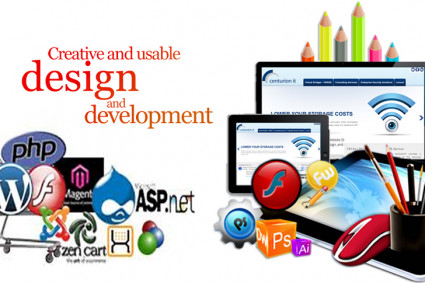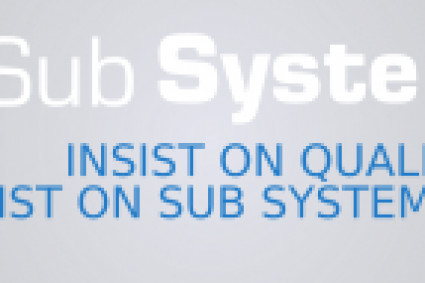
In the ever-evolving landscape of human resource management (HRM), staying up to date with the latest software trends is crucial for businesses to streamline their HR processes and optimize their workforce management. As we step into 2023, several HRM software trends are emerging, promising to revolutionize the way organizations handle their human resource functions.
From advanced analytics and artificial intelligence (AI) to employee experience and remote work tools, this article will delve into the top HRM software trends that businesses should watch out for in 2023.
AI-powered Analytics for Enhanced HR Insights
In 2023, HRM software is set to leverage the power of artificial intelligence and advanced analytics to provide organizations with deeper insights into their workforce. AI-powered analytics tools can analyze vast amounts of employee data, such as performance metrics, engagement levels, and training needs, to identify patterns and trends that may otherwise go unnoticed. This enables HR professionals to make data-driven decisions, such as predicting turnover risks, identifying skill gaps, and optimizing workforce planning strategies.
Employee Experience Platforms (EXP) for Enhanced Engagement
Employee experience has become a top priority for organizations aiming to attract and retain top talent. In 2023, employee experience platforms (EXP) are expected to gain momentum as essential HRM software tools. EXPs focus on creating a positive and personalized experience for employees throughout their journey with the organization. These platforms integrate various HR functions, including onboarding, performance management, rewards and recognition, and employee feedback, to provide a seamless and engaging experience for the workforce.
Remote Work Tools for Flexible Workforce Management
The COVID-19 pandemic accelerated the adoption of remote work, and this trend is set to continue in 2023. As a result, HRM software is incorporating remote work tools to support the growing need for flexible workforce management. These tools enable remote employees to access HR services, such as time tracking, leave management, and collaboration platforms, from anywhere, ensuring a smooth remote work experience. Additionally, HRM software with remote work capabilities helps HR professionals monitor the productivity, communication, and overall well-being of remote teams.
Integrated Learning Management Systems (LMS) for Skill Development
Continuous learning and upskilling have become vital for employee growth and organizational success. In 2023, integrated learning management systems (LMS) are expected to gain traction as part of HRM software solutions. These LMS platforms seamlessly integrate with other HR functions to provide employees with personalized learning paths, access to online courses and training materials, and the ability to track their progress. By integrating learning management systems into HRM software, organizations can foster a culture of learning and development, thereby improving employee engagement and retention.
Chatbots and Virtual Assistants for Enhanced HR Support
To streamline HR operations and provide employees with quick and efficient support, HRM software is incorporating chatbots and virtual assistants. These AI-powered tools can handle routine HR queries, such as leave requests, policy inquiries, and benefits information, freeing up HR professionals to focus on more complex tasks. Chatbots and virtual assistants provide employees with instant responses, ensuring a seamless user experience and reducing the time spent on administrative HR tasks.
Predictive Analytics for Strategic Workforce Planning
Predictive analytics is poised to revolutionize workforce planning in 2023. HRM software equipped with predictive analytics capabilities uses historical and real-time data to forecast future workforce needs, enabling organizations to proactively address talent gaps, succession planning, and recruitment strategies. By leveraging predictive analytics, HR professionals can align their workforce with business objectives, make informed decisions regarding talent acquisition and retention, and optimize resource allocation.
Blockchain for Secure HR Data Management
As data privacy and security remain paramount concerns, blockchain technology is making its way into HRM software. Blockchain provides a secure and tamper-proof system for storing and managing HR data, such as employee records, performance evaluations, and payroll information. By utilizing blockchain, HRM software ensures data integrity, enhances transparency, and mitigates the risk of unauthorized access or data breaches, bolstering trust and compliance within the organization.
Conclusion
As businesses navigate the dynamic landscape of HRM, keeping an eye on emerging software trends is crucial to stay ahead of the curve. The year 2023 brings forth a range of transformative HRM software trends, including AI-powered analytics, employee experience platforms, remote work tools, integrated learning management systems, chatbots and virtual assistants, predictive analytics, and blockchain for secure data management.
By embracing these trends, organizations can optimize their HR processes, drive employee engagement and productivity, and unlock their full potential in the ever-evolving world of human resource management. Stay informed, adapt, and leverage these trends to create a competitive advantage in 2023 and beyond.






